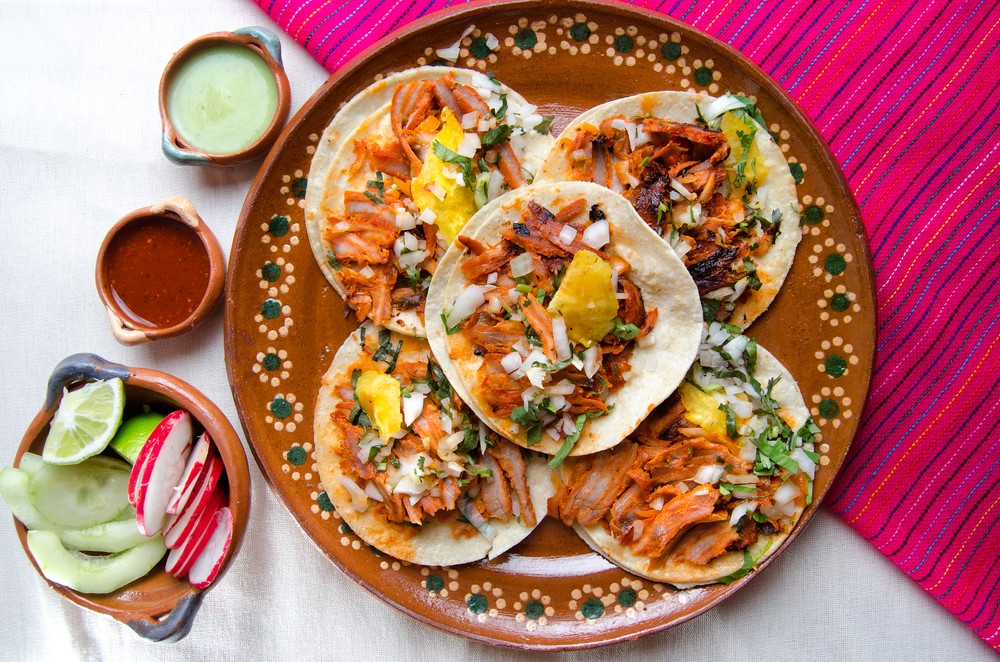
The contrast between the spicy meat and the sweet, juicy pineapple is irresistible for many, although not for everyone. Probably Mexico’s most daring innovation to Shawarma was the addition of pinapple. Finally, tortillas were used instead of bread and a new Mexican dish was born. The vinegar that Lebanese used to marinate the meat was substituted with chili and achiote. While Shawarma was typically made with lamb meat, Carne al Pastor is pork meat. Just as Shawarma, Carne al Pastor is cooked on a revolving spit, and both require marinating the meat. The similarities between both dishes are too striking to be ignored.

Unlike other immigrants to Mexico, the Lebanese formed a closed community, which allowed them to preserve their customs, and that included cuisine.Ĭarne al Pastor is considered a relative of Shawarma, a middle eastern dish that consists of roasted meat cooked on a revolving spit. From the mid-19 th century to the early 20 th century, many Lebanese families immigrated to Mexico.


You could tell Mexico’s history through its most popular dishes, and Carne al Pastor would make for a very interesting chapter. This is only speculation, but the story makes some sense, since Puebla was home to many Lebanese families, who, as we’re about to learn, are considered the creators of carne al pastor. Some say that the term was coined in Puebla, a city in central Mexico, where Lebanese immigrants where associated with shepherding. Everything about it, from its name to its history, is fascinating, so read on and learn more about this multicultural leading actor of Mexican cuisine.įirst things first: Carne al Pastor means “meat shepherd style.” It’s unclear what shepherds have to do with these delicious tacos. In case you are among the uninitiated, here’s an interesting fact: Carne al Pastor is one of the most popular taco fillings in Mexico, if not the most popular.


 0 kommentar(er)
0 kommentar(er)
